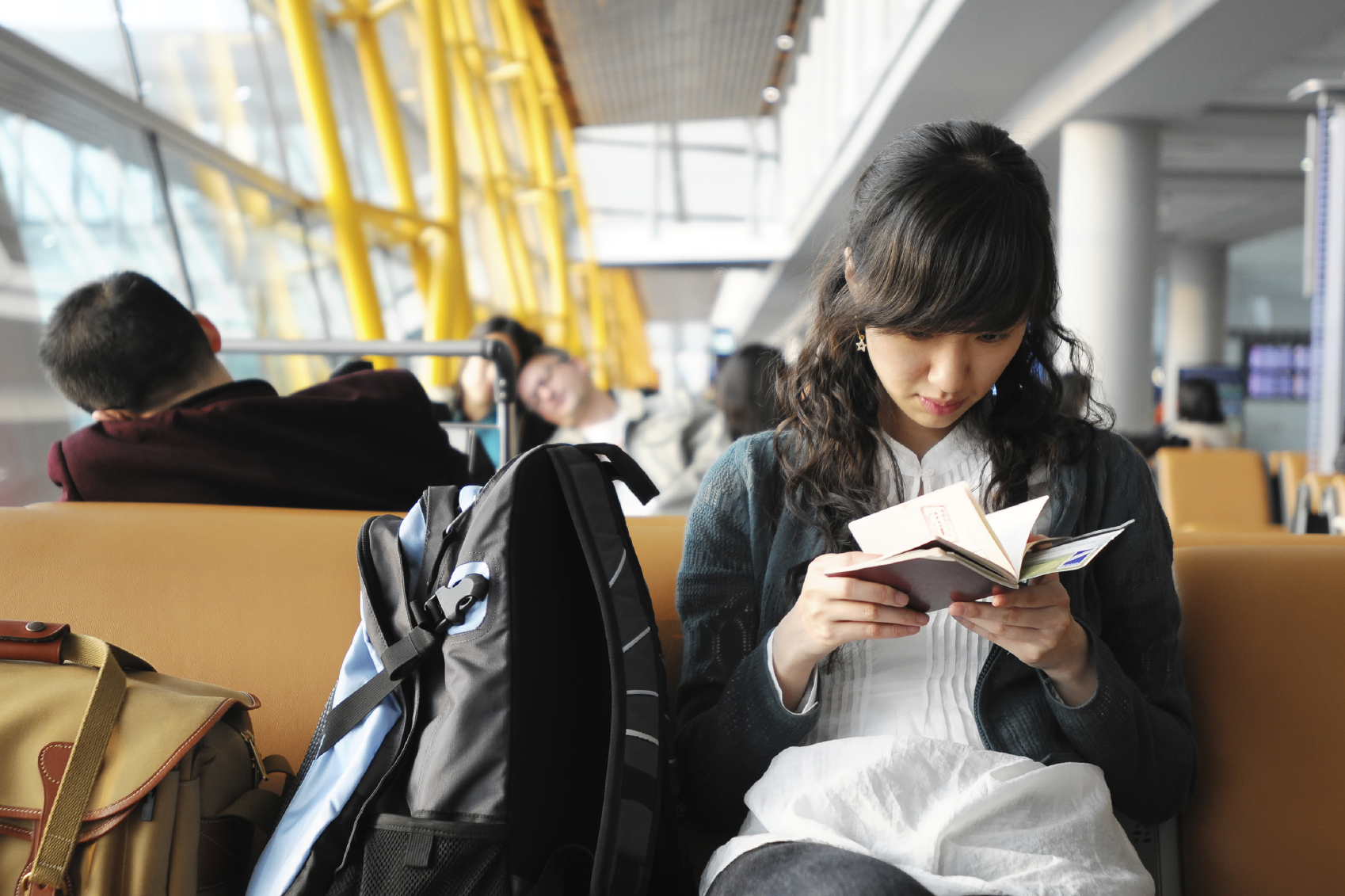Before you travel for spring break, make sure that you are aware of the requirements and restrictions of traveling as a student or exchange visitor. Follow these tips to make sure that your travel process is smooth and enjoyable:
Carry the appropriate documents
Be sure to keep the following documents in your carry-on bag and not in your checked luggage:
When you enter the United States, a U.S. Customs and Border Protection (CBP) officer will meet with you for primary and sometimes secondary inspections. The CBP officer may ask you for these documents.
Be aware of what can be carried through airport security
Before you travel, check that everything you packed is allowed through Transportation Security Administration (TSA) security. If you are unsure about what you can bring, you can tweet @AskTSA with questions or you can use their online resource, What Can I Bring?
Save the appropriate contact information
Make sure you have your designated school official’s (DSO) current contact information, including a daytime phone number and an emergency phone number. When you arrive at a U.S. port of entry, the CBP officer could issue you a Form I-515A, “Notice to Student of Exchange Visitor,” which allows you to enter the United States for up to 30 days while you obtain and submit the required documentation to the Student Exchange and Visitor Program (SEVP).
Notify your DSO immediately if you receive a Form I-515A. If you do not respond to a Form I-515A within 30 days, you may be required to leave the United States.
If you have any questions about traveling, talk with your DSO or contact the SEVP Response Center.





